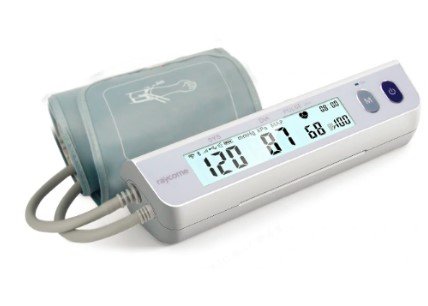Understanding the Typical Expenses Associated with Phlebotomy Services in a Diagnostic Lab in the United States
Summary
- Understanding the typical expenses associated with a phlebotomy service in a diagnostic lab is essential for healthcare professionals in the United States.
- Key expenses include salaries for phlebotomists, equipment and supplies, facility maintenance, and certification and licensing fees.
- Lab managers should carefully budget for these expenses to ensure the efficient operation of the lab and the provision of high-quality patient care.
Introduction
When it comes to medical laboratories in the United States, phlebotomy services play a crucial role in diagnosing and treating patients. Phlebotomists are responsible for drawing blood samples from patients for testing and analysis, and their work is essential for accurate diagnosis and treatment planning. However, providing phlebotomy services in a diagnostic lab comes with its own set of expenses. In this article, we will explore the typical expenses associated with a phlebotomy service in a diagnostic lab in the United States.
Salaries for Phlebotomists
One of the most significant expenses for a diagnostic lab offering phlebotomy services is the salaries of phlebotomists. Phlebotomists are highly skilled professionals who require specialized training and certification to perform their duties effectively. Lab managers must budget for competitive salaries to attract and retain qualified phlebotomists. In addition to base salaries, labs may also incur expenses for overtime pay, holiday pay, and other benefits for their phlebotomy staff.
Equipment and Supplies
Another major expense for a diagnostic lab offering phlebotomy services is equipment and supplies. Phlebotomists require a variety of tools and equipment to safely and effectively draw blood samples from patients. This includes needles, syringes, tourniquets, blood collection tubes, and alcohol swabs, among other items. Additionally, labs must invest in specialized equipment such as centrifuges and refrigerators to store and process blood samples. Regular maintenance and calibration of equipment are also essential to ensure accurate and reliable Test Results.
Facility Maintenance
Facility maintenance is another important expense for a diagnostic lab providing phlebotomy services. Labs must maintain a clean and organized environment to prevent contamination and ensure patient safety. This includes regular cleaning and sanitization of work areas, Proper Disposal of biohazardous waste, and compliance with OSHA guidelines for infection control. Lab managers must budget for routine maintenance and repair of facilities, as well as any necessary upgrades to meet regulatory standards.
Certification and Licensing Fees
Phlebotomy is a regulated profession in the United States, and phlebotomists must obtain certification from accredited organizations such as the American Society for Clinical Pathology (ASCP) or the National Healthcareer Association (NHA). Additionally, labs must obtain and maintain state and federal licenses to operate legally. These certification and licensing fees can be a significant expense for Diagnostic Labs offering phlebotomy services. Lab managers must ensure that their phlebotomy staff are properly certified and licensed to avoid potential legal and financial consequences.
Conclusion
Understanding the typical expenses associated with a phlebotomy service in a diagnostic lab is essential for healthcare professionals in the United States. By carefully budgeting for salaries, equipment and supplies, facility maintenance, and certification and licensing fees, lab managers can ensure the efficient operation of the lab and the provision of high-quality patient care. Investing in well-trained phlebotomists, state-of-the-art equipment, and a safe and clean facility is essential for the success of a diagnostic lab offering phlebotomy services.

Disclaimer: The content provided on this blog is for informational purposes only, reflecting the personal opinions and insights of the author(s) on the topics. The information provided should not be used for diagnosing or treating a health problem or disease, and those seeking personal medical advice should consult with a licensed physician. Always seek the advice of your doctor or other qualified health provider regarding a medical condition. Never disregard professional medical advice or delay in seeking it because of something you have read on this website. If you think you may have a medical emergency, call 911 or go to the nearest emergency room immediately. No physician-patient relationship is created by this web site or its use. No contributors to this web site make any representations, express or implied, with respect to the information provided herein or to its use. While we strive to share accurate and up-to-date information, we cannot guarantee the completeness, reliability, or accuracy of the content. The blog may also include links to external websites and resources for the convenience of our readers. Please note that linking to other sites does not imply endorsement of their content, practices, or services by us. Readers should use their discretion and judgment while exploring any external links and resources mentioned on this blog.
